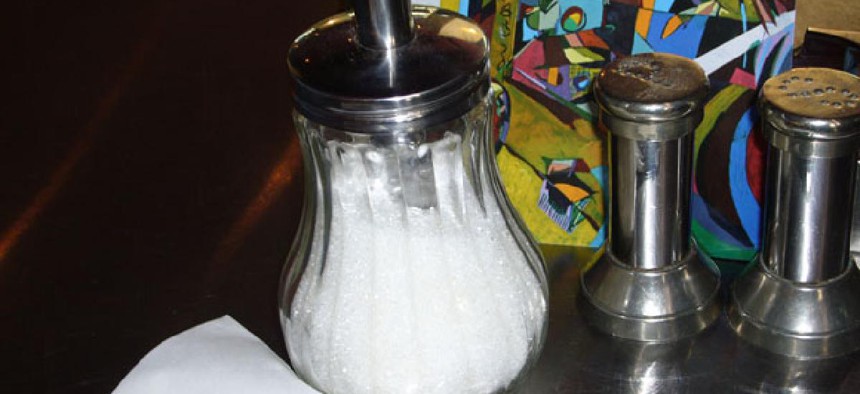
Nanoparticles of salt spread on the surface of food can make something taste far saltier than it really is. PhotoXpress
FDA issues draft guidance on nano-food
Nano-chocolate dusted on diet foods and microscopic particles of silver to keep food smelling fresh will receive individual regulation.
The Food and Drug Administration on Friday issued new draft guidance on how food and cosmetic makers can get approval for products that use nanotechnology.
Products such as nano-chocolate dusted on to diet foods, microscopic particles of silver used to keep food smelling fresh, and special nano-formulations of vitamins could all have unexpected effects in the body, FDA said -- and the agency will consider the safety of each individually, rather than as a class as a whole.
“We are taking a prudent scientific approach to assess each product on its own merits and to not make broad, general assumptions about the safety of nanotechnology products,” FDA Commissioner Margaret Hamburg said in a statement.
Nano-materials are defined as particles on the nanometer scale (equal to one-billionth of a meter). The tiny size often gives these materials unusual chemical, physical, and biological properties -- sometimes innocuous but sometimes dangerous. Nanoparticles of salt spread on the surface of food can make something taste far saltier than it really is -- good for health – but they might also be inhaled deep into the lung accidentally, having unforeseen effects.
“Evidence suggests that in addition to direct exposure to tissues locally via dermal, inhalation, and oral routes, nano-materials may also become systemically absorbed, creating exposure to other tissues and organs,” FDA says in its guidance.
Nano-materials used in packaging can also seep into food. FDA says it will consider safety issues on a case-by-case basis.
NEXT STORY: Make Way for Microtasking






